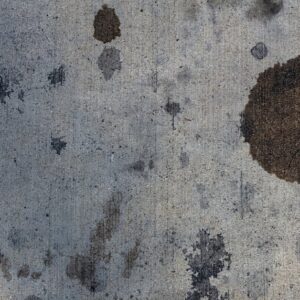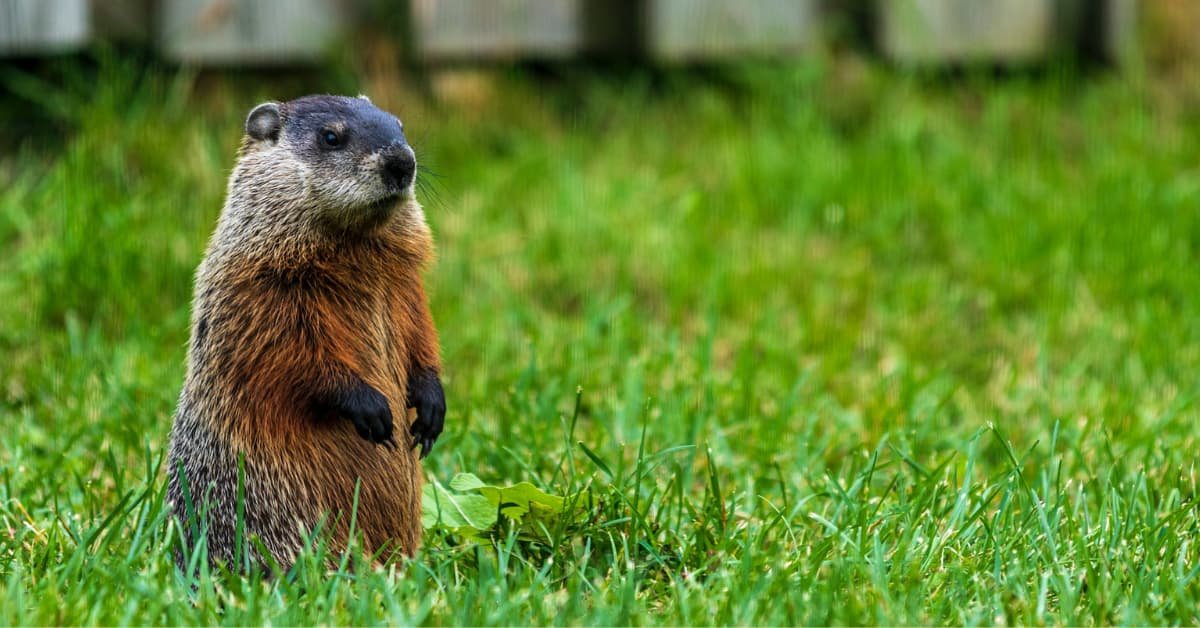
Groundhogs, also known as woodchucks, are a common sight in North America. While they may seem cute and harmless, they can cause significant damage to your yard and garden. Their burrowing habits can cause structural damage to buildings and disrupt the roots of plants, leading to their death. If you have groundhogs living under your shed, it’s important to address the problem before it gets worse.
Fortunately, there are several humane ways to get rid of groundhogs, and in this article, we will explore six effective methods. In this article, we will provide information about groundhogs, their behavior, and the damage they can cause. We will also discuss six humane ways to remove them from under your shed.
These methods include the use of traps, Epsom salts, castor oil, kitty litter, strong smells, and smoke. By following these solutions, you can protect your property, garden, and plants from the destructive actions of groundhogs without harming them. We will also provide some safety precautions to take when attempting to trap them to ensure that you and the groundhogs remain safe during the removal process.
Short Summary
- Groundhogs can cause damage to property, gardens, and plants through their burrowing habits and attraction to abundant groundcover and food sources.
- Prevention methods such as keeping backyards clean and tidy, removing potential hiding spots, and filling in burrowing areas can reduce the likelihood of groundhog infestations and avoid the need for removal methods.
- Humane removal methods include using traps, Epsom salts, castor oil, kitty litter, strong smells, and smoke, while lethal traps are not recommended and may be illegal in some states.
- Deterrents such as strong smells, Epsom salts, castor oil, soiled kitty litter containing ammonia, and deterrence sprays containing essential oils can also be effective in keeping groundhogs away from under sheds as a last resort.
Methods to Remove Groundhogs
Various methods can be utilized to remove groundhogs, such as trapping, using Epsom salts, castor oil, soiled kitty litter, strong smells like garlic and cayenne pepper, and fumigation with smoke, as described in the article ‘6 Easy Ways to Get Groundhogs Out From Under Your Shed’ by Ben Esman. However, before considering these methods, it is important to understand groundhog behavior and take measures to prevent infestations in the first place.
Groundhogs are attracted to areas with abundant ground cover, logs, and trees, which provide cover and food sources. To prevent infestations, it is recommended to keep your backyard clean and tidy, remove any potential hiding spots, and trim tree branches to prevent groundhogs from accessing your shed or house. Additionally, filling in any areas where groundhogs may burrow, such as gaps under the shed, can prevent them from creating a den.
By taking these preventative measures, you can reduce the likelihood of groundhog infestations and avoid the need for removal methods altogether.
Trap Them Humanely
Trap the troublesome tunneling tenants using a tried-and-true technique that is both effective and humane.
While lethal traps may seem like an easy solution, they are not recommended and may even be illegal in some states. Instead, opt for a live trap that allows you to capture and release the groundhog safely and without harm.
Benefits of humane trapping include the ability to relocate the groundhog to a more suitable habitat, reducing the risk of harm to other animals and the environment. Additionally, humane trapping can help prevent the spread of diseases that may occur when using lethal methods.
It is important to note that trapping should be a last resort and alternatives should be explored, such as using strong smells like garlic or cayenne pepper or installing fencing to deter groundhogs from entering the area.
By using humane methods, you can effectively remove groundhogs from under your shed while also promoting animal welfare.
Use Epsom Salts
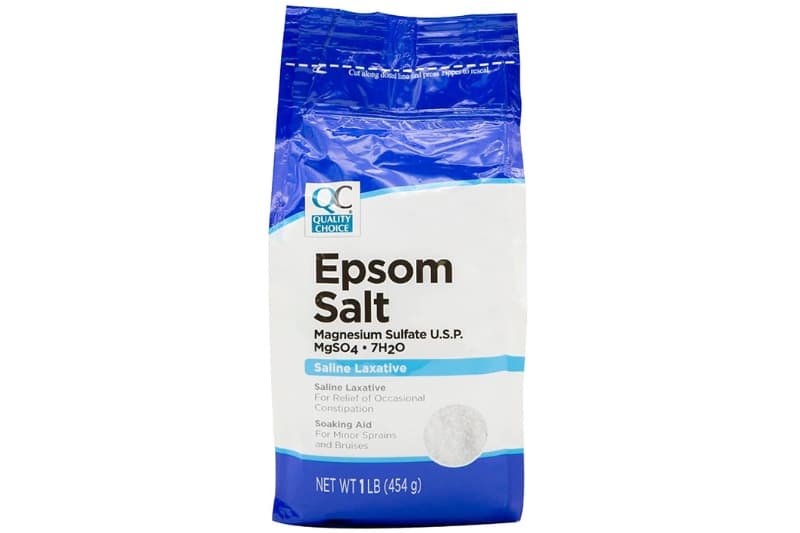
One effective method to deter groundhogs from burrowing under structures such as sheds involves the use of Epsom salts. Epsom salts can be sprinkled around the entrances of their burrows to create an unpleasant environment for these rodents. When ingested, Epsom salts can cause dehydration and discomfort in groundhogs, which can discourage them from returning to the area.
Aside from Epsom salts, there are also alternative repellents that can be used to keep groundhogs away from structures. Castor oil, for example, has been known to be effective in deterring groundhogs due to its strong odor. Soiled kitty litter, which contains ammonia from cat urine, can also drive them away. Additionally, strong smells like garlic and cayenne pepper can be used to keep groundhogs at bay.
It is important to note that lethal traps are not recommended and may even be illegal in some states. Therefore, using humane methods like Epsom salts and alternative repellents is a safer and more ethical option when dealing with groundhogs.
Try Castor Oil
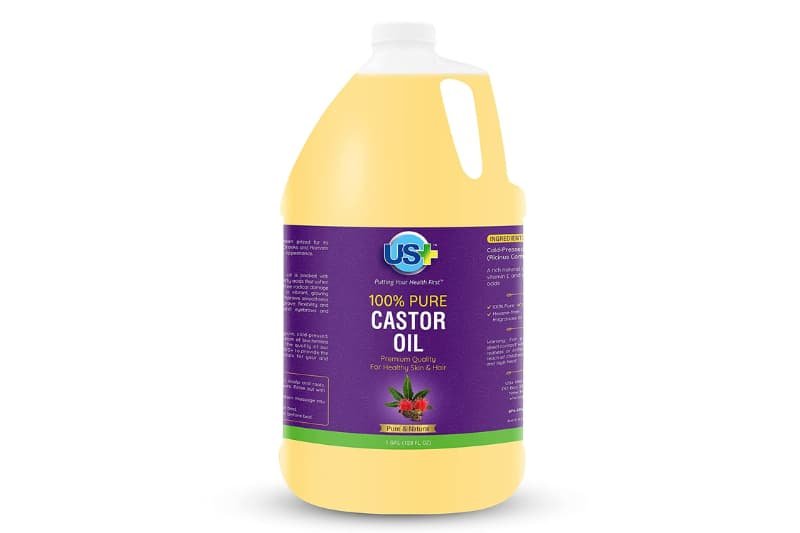
Castor oil, with its pungent scent, has been found to be an effective deterrent for groundhogs seeking to burrow under outdoor structures such as sheds and decks. The strong smell of castor oil is said to be unbearable for groundhogs, causing them to stay away from areas where it is applied. Additionally, castor oil has been found to be an eco-friendly and humane solution to get rid of groundhogs as it does not harm the animals.
Groundhogs are known for their burrowing behavior, where they create underground tunnels and dens. These dens serve as their homes and are used for hibernation and rearing their young. However, when groundhogs burrow under human structures, they can cause significant damage, leading to costly repairs.
Applying castor oil around the perimeter of the structure can help to prevent groundhogs from burrowing under it, providing a long-term solution to the problem. The benefits of using castor oil to get rid of groundhogs are numerous, and this method has been tested and proven to be effective.
Use Strong Smells
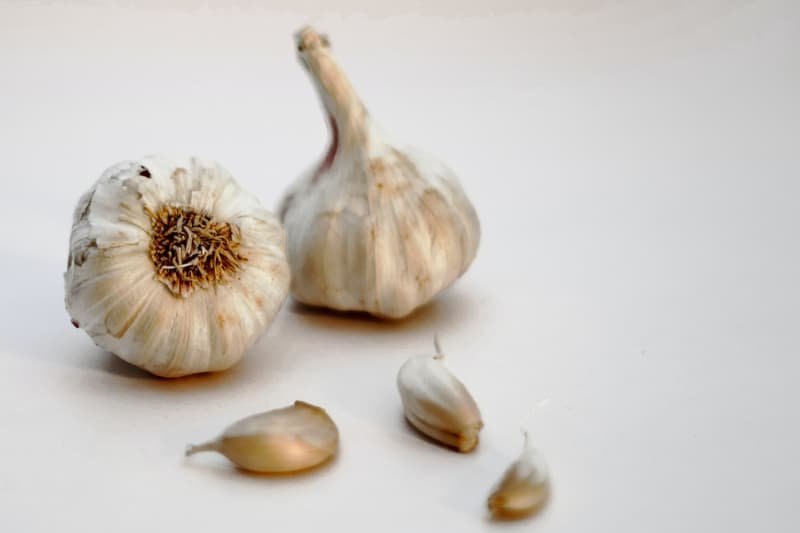
Strong smells, such as garlic and cayenne pepper, have been found to be effective in deterring groundhogs from burrowing under outdoor structures like sheds. These strong odors are offensive to groundhogs, and they will avoid areas where they detect them.
Here are some effective ways of preventing groundhogs from burrowing under sheds using strong smells:
- Garlic and cayenne pepper can be mixed with water and sprayed around the shed perimeter.
- Ammonia in cat urine can be used to create a strong-smelling solution. This solution can be sprayed around the shed, but it should not be sprayed directly on the groundhog.
- Deterrence sprays that contain essential oils, such as peppermint oil or castor oil, can also be used to keep groundhogs away from the shed.
- Smoke can be used as a last resort to fumigate the burrow. This method should only be used when all other methods have failed.
- Soiled kitty litter can be placed near the shed to create a strong odor. The ammonia in the cat urine will deter groundhogs from burrowing under the shed.
By using these methods, you can prevent groundhogs from causing damage to your garden and outdoor structures like sheds. It is important to note that these methods are humane and do not harm the groundhogs in any way.
FAQs
What are some signs that groundhogs are living under your shed?
The presence of groundhogs under your shed can be identified by seeing large burrow entrances, fresh dirt mounds, and damaged plants. Groundhogs are crepuscular creatures that hibernate in winter and prefer wooded areas with ample ground cover and logs.
Are groundhogs dangerous to humans or pets?
Groundhogs can be dangerous to pets if they feel threatened and may bite or scratch. Groundhog burrows can also pose a safety hazard for humans and pets, as they may collapse or cause injuries. It is not recommended to keep groundhogs as pets due to their wild nature.
How quickly do groundhogs reproduce and how many offspring do they typically have?
Groundhogs have a gestation period of about a month and can have litters of 2-6 offspring per year. However, their offspring survival rate is low due to predation and competition, leading to slow population growth.
Can groundhogs be relocated to a different area or should they be euthanized?
Groundhog relocation is an ethical consideration when dealing with nuisance animals. Alternatives to euthanasia include humane solutions such as trapping and relocating them to a different area. However, it is important to check local regulations and ensure the relocation site is suitable.
What are some long-term preventative measures to keep groundhogs from returning to your yard or shed?
Natural deterrents such as planting unappealing vegetation, creating barriers, and blocking access to shelter can help prevent groundhogs from returning. Professional exclusion services can also provide effective, long-term solutions.


